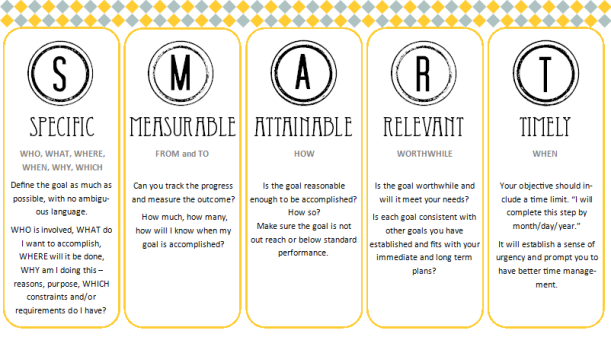Welcome to the last installment of How to Think Creatively!
I’ve been talking a lot about thinking creatively to solve challenges and problems in your life and career. Let’s talk a bit about inspiration and thinking outside of the box for creative projects. Let me show you a quick exercise you can do to become a more creative thinker. It involves a step-by-step creative process. I encourage mind mapping, note taking, whatever you find will help you remember this brainstorm session.
By the way, a quick side note: mind mapping is a brilliant way to track your business, creative processes, and to generally organize thoughts. Google “mind mapping” and it will come up with tons of great mind mapping software. My favorite is MindJet (Try it out for 30 days. Not free after 30 days.) and my favorite FREE mind mapping software is XMind.
Okay, now to teach you about a step-by-step creative thinking process I like to use for projects.
STEP 1: Think of a subject, object, person, place, etc. that you like or the person/group you’re creating for. Describe its characteristics, qualities, physical appearance, etc.
Example: Let’s use the Eiffel Tower as a source of inspiration. What characteristics or words describe the Eiffel Tower? Its structure is grand and elegant, its location is romantic, it’s a place people are often proposed to, so love is in the air, the view is magnificent, and the surrounding area has an old beautiful charm. You could even go as far as taking the Eiffel Tower as the initial source of inspiration and expand upon it. It’s in Paris, France, so describe the feelings you have about Paris, it’s characteristics. What other things remind you specifically of France? Think structures, food, transportation, fashion, language.
Essentially, you could spend a ton of time on step 1, branching out on each topic you think of.
STEP 2: Who is your audience? Who are you creating for?
If you are creating for yourself, this step is simple. However, if you are creating for an individual or group, this step takes a little more time. If you are creating something dealing with the Eiffel Tower, who are you going to market to?
Example: Who are the people that admire the Eiffel Tower? People who have been to France, people who have been at the top of the structure, travelers, those who like European vintage, those who love structural beauty, people who have been proposed to at the location.
STEP 3: Brainstorm useful or beautiful items that can have the image of the Eiffel Tower (or conjures up images of France) that the above types of people would like.
Write down everything you can think of. Don’t limit yourself. Here are some examples:
- Printed coasters
- Decorative couch pillow (image of the Eiffel Tower or French words/phrase like “J’taime”)
- Vintage posters or prints made in Photoshop, printed, and framed
- Handbag
- Magnets
- Journal
- Knitted beret
- Mural
- Calendar
Side note: I saw a charming lamp the other day with the Eiffel Tower as the base!
STEP 4: Now that you have your list, which of those things can you do? Can you learn how to do some of the others?
I’ve talked about getting out of your comfort zone. I believe we should attempt to get out of our creative comfort zone as well, which means learning NEW techniques and mediums. For example: You may be asking, “How exactly do you transfer an image onto a handbag?” Find out! If you have the resources, learn new skills. You never know where they might take you.
————————–
This gist of all of this is to take something of inspiration and extrapolate its characteristics and expand on it. Let’s do a quick example. You picked up a leaf and you’re looking at the details. You notice the color, it’s shape, size, the lines and texture.
The color may inspire the color of yarn or paint you choose for your next project, the color of the felt you want to use to make felt leaves, the color you want your bedroom, or the Thanksgiving cloth napkins you want to make. The texture may inspire you to press it into a clay project for a bowl, vase, or plate or to make a rubber stamp. You may want to make a piece of jewelry the shape of a leaf, or place mats, or garland.
There are endless ways to take an ordinary object, structure, environment, or person, look at the details, and think of other possibilities for it. I hope that you try out this exercise.
Well folks, that’s the end of the “How to Think Creatively” series. I hope you learned something and/or felt inspired. If you have questions, think I should clarify something, let me know! Let’s work together for a common good that is creative thinking. I’d also love to hear how, where, when, and who you get your creative juices from or share your creative thinking secrets with us.
If you missed the other “How to Think Creatively” parts, you can find them here:
How to Think Creatively: Part 1
How to Think Creatively: Part 2
How to Think Creatively: Part 3
Happy creating, home philosophers!






